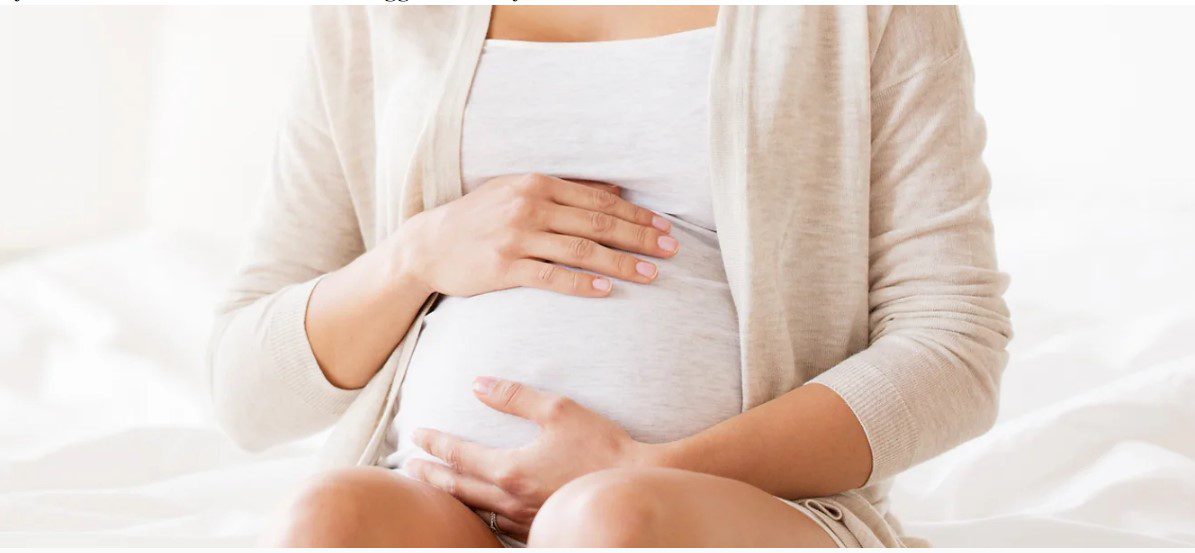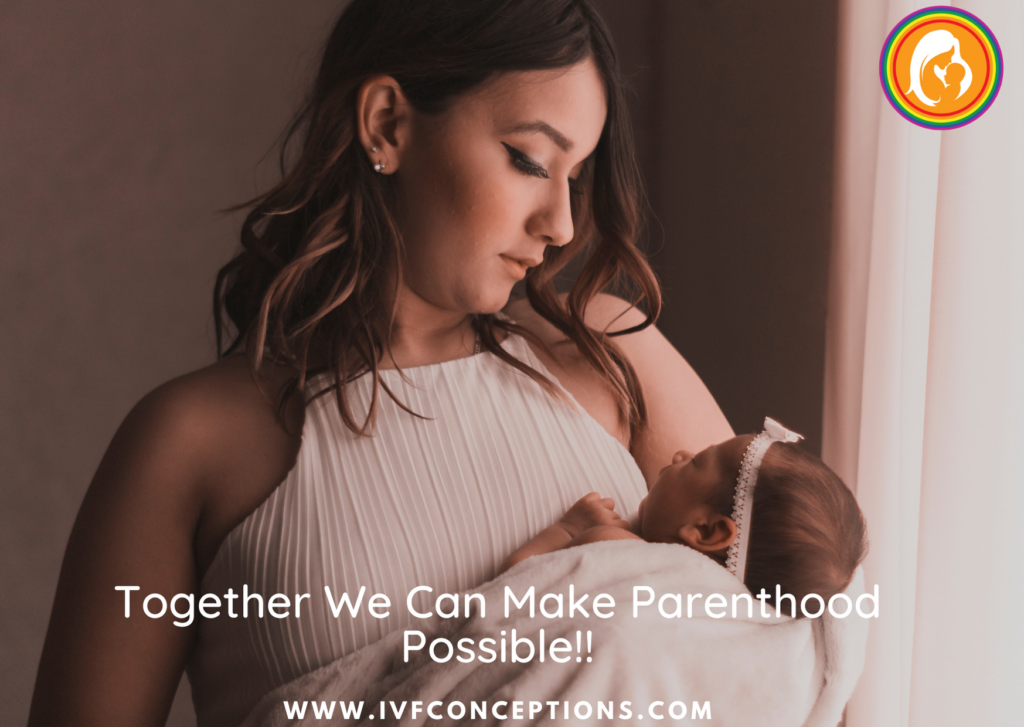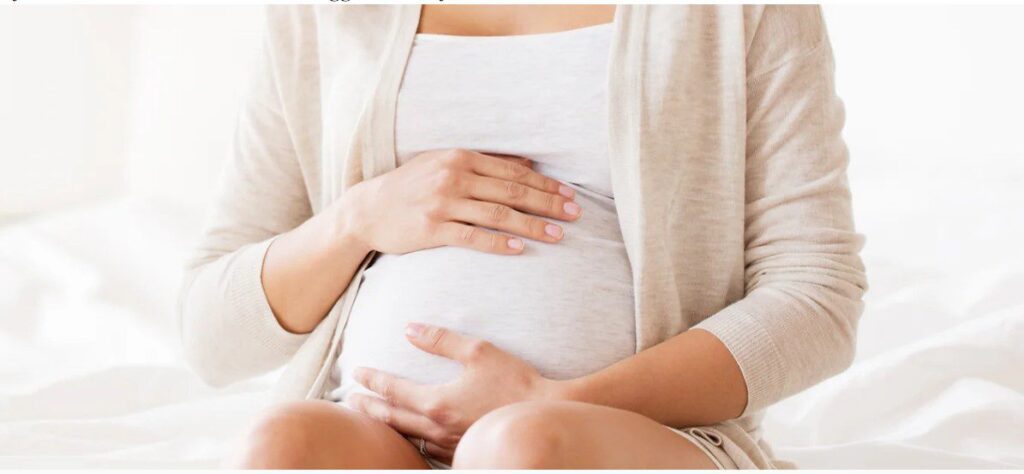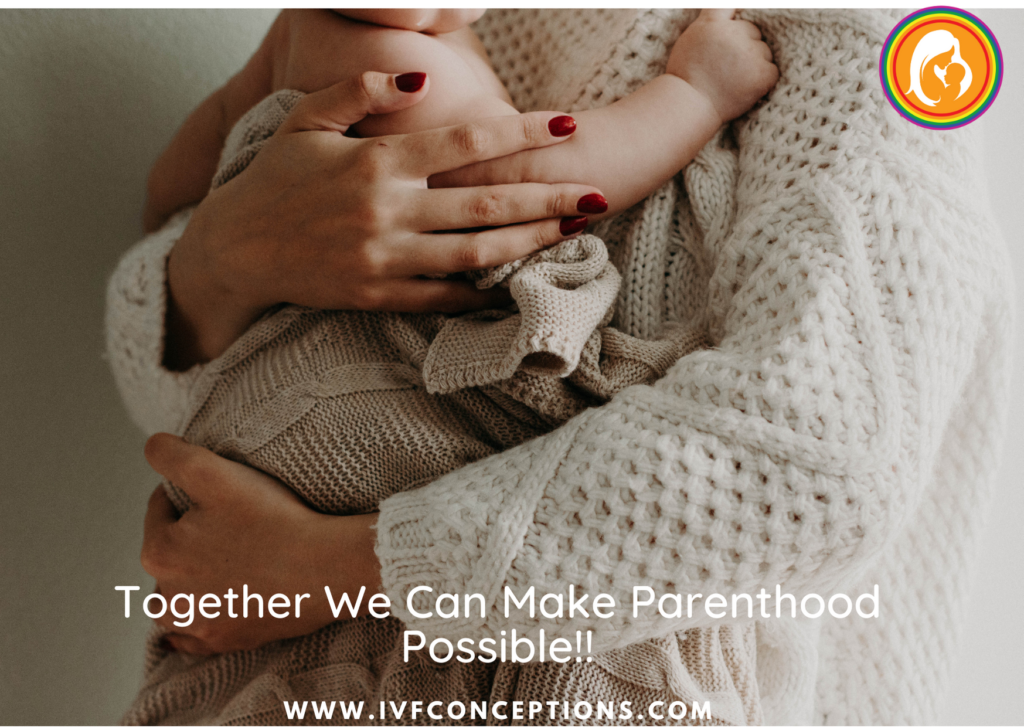Can Single Embryo Transfer Result in Twins? Debunking the Myths and Facts
 Yes, single embryo transfer can result in twins in rare cases. In the field of assisted reproductive technologies (ART), one question that often arises is whether a single embryo transfer (SET) can result in twins. As prospective parents explore their options and seek the best path to parenthood, it is crucial to dismiss misconceptions and understand the realities surrounding this topic. In this comprehensive article, we delve into the science behind IVF (In Vitro Fertilization), the criteria for SET, the chances of twins with SET, and the factors influencing this occurrence.
Yes, single embryo transfer can result in twins in rare cases. In the field of assisted reproductive technologies (ART), one question that often arises is whether a single embryo transfer (SET) can result in twins. As prospective parents explore their options and seek the best path to parenthood, it is crucial to dismiss misconceptions and understand the realities surrounding this topic. In this comprehensive article, we delve into the science behind IVF (In Vitro Fertilization), the criteria for SET, the chances of twins with SET, and the factors influencing this occurrence.
Understanding IVF and Embryo Transfer
When it comes to fertility treatments, one question that often arises is, “Can Single Embryo Transfer result in twins?” The answer might surprise you. Yes, it’s possible, but it’s incredibly rare.
In the world of assisted reproductive technology, Single Embryo Transfer, or SET, is a commonly used approach to increase the chances of a successful pregnancy while minimizing the risk of multiple births. However, the idea of twins with SET challenges our understanding of fertility treatments.
Assisted reproduction techniques consist of many fertility treatments. However, IVF is a widely recognized fertility treatment in which multiple ova (eggs) are retrieved from the ovaries of the female partner and fertilized with sperm in a laboratory setting. The resulting embryos are then transferred into the uterus through the cervix, where they have the potential to implant in the endometrium and lead to a successful pregnancy.
Overview of Single Embryo Transfer
In vitro fertilization (IVF) is a process of fertilization where an egg is combined with sperm outside the body, in vitro (“in glass”). The process involves monitoring and stimulating a woman’s ovulatory process, removing an ovum or ova (egg or eggs) from the woman’s ovaries, and letting sperm fertilize them in a laboratory.
After the fertilized egg undergoes embryo culture for 2–6 days, it is implanted in the same or another woman’s uterus, in a process called embryo transfer.
The advantages of single embryo transfer are:
1. You have a better chance of having a baby.
2. You have a lower chance of having twins or triplets, which can be risky for both you and your babies.
3. Frozen embryos can be used in surrogacy arrangements, so you may not need to go through the IVF process again.
The main disadvantage of single embryo transfer is that it may take longer to achieve pregnancy because you are relying on one embryo rather than two or more.
 Benefits of Single Embryo Transfer
Benefits of Single Embryo Transfer
When it comes to in-vitro fertilization (IVF), many couples are faced with a dilemma. Should they implant one embryo or multiple embryos during the IVF process?
Although implanting multiple embryos increases the chances of pregnancy, it also comes with certain risks. On the other hand, single embryo transfer (SET) may decrease the chances of pregnancy but it is a much safer option. Here are some of the benefits of SET:
1. Reduced risk of complications: When multiple embryos are implanted, there is an increased risk of complications such as preterm labor, twins or triplets (higher-order multiples), and gestational diabetes. These complications can be both physically and emotionally draining for the parents and the children.
2. Lower cost: IVF is already a costly procedure and implanting multiple embryos can add to the financial burden.
3. Less emotional stress: The IVF process can be emotionally grueling for couples, and implanting multiple embryos can add to the stress. With SET, couples only have to go through the process once, which can make it a less stressful experience.
4. Greater chances of success with future IVF cycles: Couples who have undergone SET often have higher success rates with future IVF cycles. This is because they have a better understanding of their bodies and how they respond to IVF medication.
5. Increased chances of taking home a healthy baby: When multiple embryos are implanted, there is a greater risk of miscarriage and preterm birth. With SET, couples have a higher chance of taking home a healthy baby.
Success Rates With Single Embryo Transfers
If you’re considering single embryo transfer (SET) during in vitro fertilization (IVF), you’re probably wondering about the success rates. Here’s what you need to know.
Success rate with SET and DET:
|
Single Embryo Transfer (SET) |
Success Rate (%) |
Live Birth Rate (%) |
|
One Embryos Transfer |
40-50 |
30-35 |
|
Double Embryo Transfer (DET) |
60-70 |
45-50 |
It’s important to note that while SET is associated with a success rate of 40-50% and a live birth rate of 30-35%, DET generally has a higher success rate of 60-70% but also an increased live birth rate of 45-50%. The choice between SET and DET is often based on individual factors and the recommendations of fertility specialists.
Chances of twins with a single frozen embryo transfer
When you opt for SET, your chances of having twins or higher-order multiples decrease. According to the Society for Assisted Reproductive Technology, the percentage of SETs that resulted in the delivery of twins was just 5.1% in 2016.
Compare that with the percentage of fresh IVF cycles that resulted in twins (27.5%) and you can see SET significantly lowers your chances of twins.
The Evolution of Embryo Transfer Criteria
In the early days of IVF, multiple embryo transfers were common as it was believed to increase the chances of achieving pregnancy. However, this approach often resulted in multiple pregnancies, including twins and triplets, which brought about a host of complications for both the mother and the babies. These complications ranged from preterm labor and premature rupture of membranes to low birth weight and respiratory distress in newborns.
The Shift Toward Single Embryo Transfer
As medical knowledge advanced, the focus of IVF success shifted from achieving any pregnancy to achieving healthy singleton pregnancies. Elective Single Embryo Transfer (eSET) emerged as an effective strategy to reduce the occurrence of multiple pregnancies while maintaining comparable pregnancy rates. Retrospective studies over the years have supported the efficacy of eSET in achieving this goal.
Criteria for Single Embryo Transfer
The key to a successful eSET lies in precise patient selection and comprehensive counseling. Criteria such as:
- Age of the patient,
- Whether it is the first IVF cycle,
- Quality of the embryo,
- Whether it is an ovum donor cycle,
- The day 5 stage of the embryo plays a crucial role in determining whether eSET is the right approach.
Addressing Fears and Misconceptions
One common fear among couples opting for IVF is the misconception that eSET reduces the chances of pregnancy. However, decades of research have proven that favorable conditions, such as age, the blastocyst stage of embryo development, and high-quality embryos, do not significantly impact pregnancy rates between single and double embryo transfers.
Scientific Studies and Observations
To gauge the chances of twins with eSET, various observation studies have been conducted worldwide. For instance, a study in Japan analyzed 937,848 eSET pregnancies between 2007-2014 and found that the overall chance of having twins with eSET was only 1.6%.
Out of this, 1.36% were monozygotic twins (identical twins), and 0.3% were dizygotic twins (non-identical twins or Fraternal Twins).
More resources for Can Single Embryo Transfer Result in Twins:
Embryo Transfer Day: Guide to the Procedure, Process, and Tips
Number of Embryos to Transfer in Surrogacy
What is Better Fresh Eggs or Frozen Eggs?
How Many Eggs Are Women Born With?
IVF Conceptions Surrogacy Prices & Plans ( in 2023)
Top 4 Cheapest Countries For Surrogacy That Parents Should Know (in 2023)

Factors Leading to Dizygotic Twins in eSET
The occurrence of dizygotic twins in eSET can be attributed to natural ovulation and coitus, leading to the fertilization of a retrieved oocyte. While there is still limited research on this aspect, some studies suggest that obesity and unexplained infertility may slightly increase the chances of dizygotic twins due to difficulties in oocyte retrieval.
The Role of Zygotic Splitting
Another rare phenomenon leading to twins in eSET is zygotic splitting, where a single zygote splits into two embryos, resulting in a twin pregnancy. While the exact cause of zygotic splitting in IVF is not fully understood, it is believed that increased manipulation of embryos in the laboratory may play a role.
The Importance of Patient Counseling
Given the rare occurrence of twin pregnancies with eSET, patient counseling becomes crucial. Making the intended parents aware of the multiple pregnancy risks is an important aspect of this counseling.
Couples must be well-informed about the potential risks and benefits associated with single embryo transfer. In cases where maternal complications due to multiple pregnancies are a concern, eSET can be an effective option to consider.
Conclusion for Can Single Embryo Transfer Result in Twins
In conclusion, while eSET is a highly effective approach to achieving healthy singleton pregnancies, it is essential to be aware that twin pregnancies, though rare, are still possible.
The scientific community continues to study the factors influencing twins in eSET, and ongoing research will provide further insights.
For now, couples undergoing IVF treatments can rest assured that the most effective way to reduce the risk of multiple pregnancies is through single blastocyst embryo transfer, without compromising the chances of a successful pregnancy.
By staying informed, following medical guidelines, and making informed decisions, couples can embark on their journey toward parenthood with confidence and hope.
If you’d like to learn more about IVF, Egg Donation, or surrogacy services globally, check out the rest of our website at IVF Conceptions. We offer legally secure and affordable surrogacy consulting services for FREE.

FAQs For Chances of having twins with single embryo transfer
What is the Likelihood of Having Twins with a Single Embryo Transfer?
The likelihood of having twins with a single embryo transfer is relatively low but not impossible. Studies have shown that the overall chance of having twins with SET is around 1.6%. Out of this, 1.36% accounts for monozygotic twins (identical twins), and 0.3% accounts for dizygotic twins (non-identical twins). While rare, there is still a possibility of twins with SET.
Are There Any Factors That Increase the Chances of Having Twins with Single Embryo Transfer?
Several factors can influence the likelihood of having twins with SET. Patient selection plays a crucial role, including factors such as age, the quality of the embryo, and the stage of embryo development (blastocyst stage). Additionally, some studies suggest that obese patients with unexplained infertility may have a slightly higher chance of dizygotic twins due to difficulties in oocyte retrieval.
Is There a Difference in the Chances of Having Fraternal vs. Identical Twins with Single Embryo Transfer?
The occurrence of fraternal (dizygotic) vs. identical (monozygotic) twins with SET is a subject of interest. Studies have shown that the majority of twin pregnancies with SET are monozygotic twins (around 1.36%). Monozygotic twins result from zygote splitting, a phenomenon where a single zygote splits into two embryos. Dizygotic twins, on the other hand, result from the occurrence of two separate pregnancies, one from natural ovulation or unretrieved oocyte and another from SET.
How Does Age Impact the Likelihood of Having Twins with Single Embryo Transfer?
Age can significantly impact the likelihood of having twins with SET. Younger patients generally have a higher chance of achieving successful pregnancies with SET, and the risk of twin pregnancies may vary based on age.
Proper patient counseling, taking age and other factors into account, can help manage the chances of twins while aiming for a successful pregnancy.
Can Multiple Pregnancies Be Risky for Both the Mother and the Babies?
Multiple pregnancies, including twins, can pose various risks for both the mother and the babies. Some of the complications for the mother include an increased risk of preterm labor, premature rupture of membranes, pregnancy-induced hypertension (PIH), and anemia.
For the babies, complications can include low birth weight, admission to the neonatal intensive care unit (NICU), jaundice, and respiratory distress. Reducing the risk of multiple pregnancies is essential for promoting the well-being of both the mother and the babies.
What Are the Success Rates of Single Embryo Transfer?
The success rates of single embryo transfer are promising. Studies have shown that pregnancy rates with SET are comparable to those with double embryo transfer (DET) in favorable conditions.
Patients who meet the appropriate criteria for eSET can achieve high pregnancy rates while significantly reducing the risks associated with multiple pregnancies.
How Does the Number of Embryos Transferred Affect the Chances of Having Twins?
The number of embryos transferred directly affects the chances of having twins. With eSET, only one top-quality embryo is transferred, significantly reducing the likelihood of twins compared to DET, where two embryos are transferred. By carefully selecting the best embryo for transfer, fertility specialists aim to achieve a healthy singleton pregnancy while maintaining high success rates.
Is There Any Way to Improve the Chances of a Successful Single Embryo Transfer?
To improve the chances of a successful single embryo transfer, patient selection is of utmost importance. Factors such as age, embryo quality, and the stage of embryo development should be thoroughly evaluated to maximize the chances of a healthy pregnancy. Additionally, proper patient counseling and support play a crucial role in ensuring the success of eSET.

 Benefits of Single Embryo Transfer
Benefits of Single Embryo Transfer